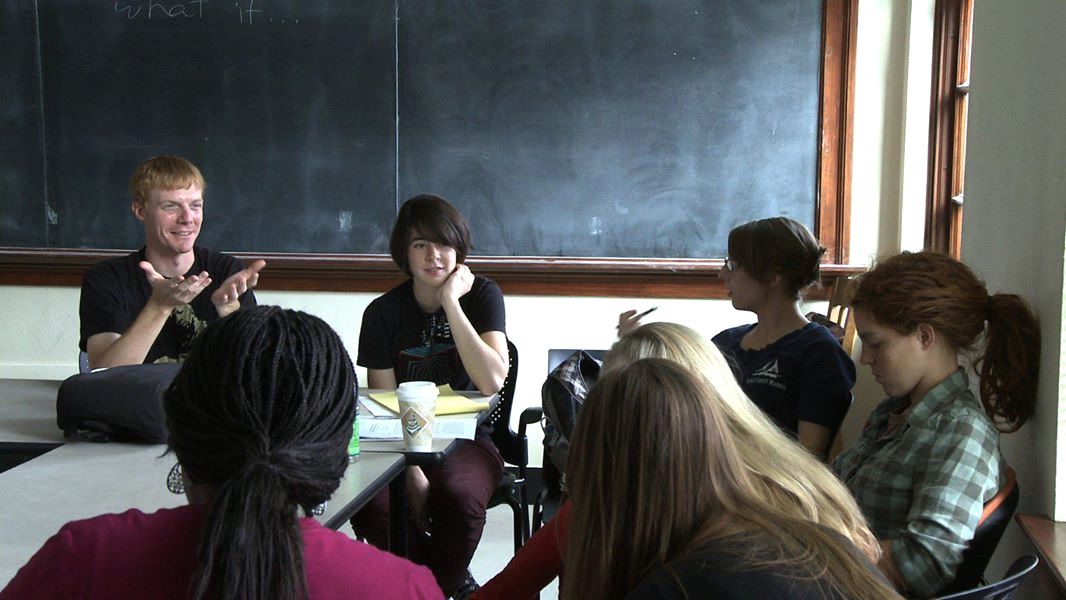It might be un-American to admit it, but I think the funniest thing about The Onion is the headlines. No offense to the rest of that great publication, but I rarely read past the blurb at the top. I’m not alone in this practice. When it comes to an information diet, our news is largely a headline-driven enterprise.
In 2006 Jakob Neilson found that browsers of online content read pages in an F-shape, conceding that they don’t read your website at all. They scan it. That means that most people who even visited this page have already stopped reading.

The irony of using The Onion as an example is that an onion, when used as a metaphor, is a thing of many layers. It is only by peeling away those layers that one arrives at the elusive something obscured by them. I realize that many won’t consider The Onion a viable news source, but as an example, it works in the same way that The Daily Show does. Viewers of that show tend to be among the most-informed of publics, but it’s not because of the show. It’s analogous to the child growing up in a house full of books. A child who grows up with books in the house tends to be smarter, but it’s not because of the books. The books–and by analogy the show–are the third factor in the correlation. Parents who have books in their house tend to be smarter, and smarter parents have smarter children. Daily Show viewers tend to already be more informed before watching his show. I submit that the same can be said of readers of The Onion.
Back to the onion as metaphor: If we only observe the onion’s peel, we miss out on the something inside. So, if we’re only reading headlines, how informed are we? Status updates, Twitter streams, and Google search results only add to the pithy reportage we consume. Part of the problem is economic. Breaking headlines are much cheaper and easier to produce than in-depth follow-up stories (see Burns & Saunders, 2009), but part of it is us: We’ve chosen this form of media.
I’m admittedly not much of a news hound. In spite of my love of magazines, if you’ve read–or scanned–any of this website, you know I tend to read more books than anything else. I’m also not lamenting any sort of “death of print” sentiment or trying to rehash the arguments of Nicholas Carr’s The Shallows. I once called Twitter “all comments, no story,” and I’m just frustrated at finding out about things but never finding out more about them. If “the internet is the largest group of people who care about reading and writing ever assembled in history,” as Clay Shirky once said, then what is it that we are reading?
The Onion and The Daily Show make preaching to the choir an understatement, but if The Long Tail taught us anything, wasn’t that it? Find your audience and serve them (Thank you for reading this far).
References:
Anderson, Chris. (2006). The Long Tail: Why the future of Business is Selling Less of More. New York: Hyperion.
Burns, Alex & Saunders, Barry. (2009). Journalists As Investigators and ‘Quality Media’ Reputation. Record of the Communications Policy & Research Forum 2009, 281-297.
Carr, Nicholas. (2010). The Shallows: What the Internet is Doing to Our Brains. New York: W.W. Norton & Co.
Nielson, Jakob. (2006, April 17). F-Shaped Pattern For Reading Web Content. Alertbox: Current Issues in Web Usability.

